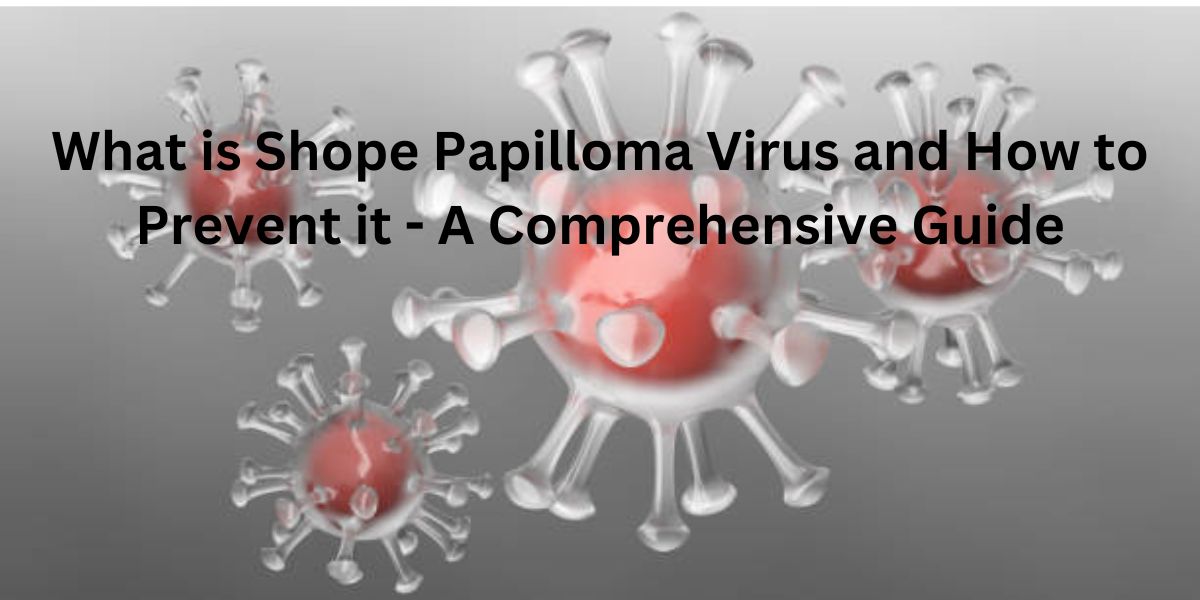Viruses and bacterias have a significant impact on life. From small species to large mammals, every organism is prone to getting infected by viruses and bacteria. One major example of a virus and its impact on life was the COVID-19 pandemic which caused lockdowns worldwide, affecting thousands of lives. Fortunately, the vaccination helped everyone recover from the virus. This blog will discuss another form of virus present in various species, referred to as Papillomavirus, and one of its primary kinds found in rabbits, the Shope papillomavirus, which is not as contagious as the coronavirus but still needs proper remedies to prevent.
Papilloma Virus – Introduction
The virus comes from a family of non-enveloped DNA (Deoxyribonucleic Acid) viruses with hundreds of types identified to date, infecting not only mammals but also birds, snakes, fishes, and turtles. Papillomaviridae is the family of these viruses with the scientific kingdom name of Shotokuvirae. Papillomaviruses can infect a variety of animals, including humans. These viruses have been linked to the formation of papillomas, also known as warts or tumors.
What is Shope Papilloma Virus?
First recognized in the 1930s by scientist Richard E. Shope, the virus is mainly found in the North American rabbit species. It can cause tumors in wild cottontail rabbits, jackrabbits, and snowshoe hares leading to severe effects in rare cases. While this virus is rare in domestic breeds, the probability of rare cancerous tumors is three times higher compared to cottontails. The virus causes the benign growth of warts inside the rabbit’s cavity.
Symptoms of Head Tumors
Many variations in rabbits show different Shope Papilloma virus. Some of the frequent indicators of the disease are red, swollen spots at the infected spot. These parts are often circular, red in color, and raised or rough patches. In the early stages, shope papilloma virus causes wart-like rounded growths. These growths appear on different parts of the rabbit’s body such as the abdomen, thighs, neck, shoulders, head, ears, and nose. All these factors can contribute to the spread of papilloma virus and if the tumors turn cancerous, many secondary symptoms arise such as anorexia, lethargy, diarrhea, weakness, and significant weight loss.
Causes of Shope Papilloma Virus
So what causes Shope papilloma virus and how to prevent your pet and even yourself from getting this infectious disease? To answer this question let us break down the papilloma virus. The disease comes from a virus papovavirus family and is transmitted after direct contact with the virus or even via a carrier. Some of the main causes of rabbit head tumors are:
- Material ingestion containing the virus such as cells from tumors
- Ticks and arthropods bites that may carry the virus
- Shope papilloma virus can also pass through rabbit-to-rabbit physical interaction
Shope Papilloma Virus – Diagnosis
Now that we know all the causes and symptoms of the Shope papilloma virus, let us walk through the complete diagnosis process. If the rabbit shows any symptoms of the infection, the first thing to diagnose is to examine it physically to identify the types of growth. The veterinarian also checks for tumors. In case of severe impact, for instance, if your rabbit is losing the ability to eat and move, then it is essential to remove the tumor. The first step is to confirm the case through a deep histopathological study after removing the wart tissue from the rabbit’s body. In suspect of malignancy and virus spread to other body parts, various tests including X-rays, CT scans, MRIs, and ultrasounds are performed to thoroughly analyze the rabbit’s condition.
Rabbit papillomavirus treatment
This blog is for informational purposes on Shope papilloma virus and you should consult the vet for a proper and comprehensive treatment for your pet. In general, if the virus-containing warts start to become a nuisance for the animal the first thing is to remove the tumors through surgery. The process is performed by a veterinarian who is experienced in rabbit surgery. Different steps that are involved throughout the procedure are anesthesia, surgery, wound closure, and recovery through proper care and post-surgery pain management medicine or creams.
Talking of pain management, topical treatments are also essential for treating the shope papilloma virus. Applying the right amount of cream will reduce the size and reduce discomfort. Avoid using over-the-counter medications without first seeing a veterinarian, since certain products may not be safe for rabbits or may produce ill consequences. To maintain proper hygiene, make sure your hands are clean before and after administering any treatments.
Can Human Get Shope Papilloma Virus?
There is a minimum risk for humans to get Shope Papilloma Virus (SPV) but this virus can spread to other domestic animals, especially rabbits that are housed near the infected animal.
Although Papillomatosis in rabbits does not pose a significant risk to human health, other viruses from the same family can infect humans. A prominent example in this specific scenario is Human Papilloma Virus (HPV), which can cause warts on the skin and mucous membranes. Some forms of cancer in humans have been associated with HPV. To mitigate the risk of HPV-related health concerns, it is necessary for us to practice safe interactions. It is also essential for us to understand how the virus spreads and taking appropriate preventive measures such as hygienic sexual practices and vaccination can prevent it.
Conclusion
To summarize, the shope papilloma virus causes warts and tumors in rabbits and can spread to other domestic pets. There are different symptoms linked to rabbits’ behavior that show SPV presence. One way to identify the virus is through a physical examination of the animal’s body for any warts or tumors. These are rough, round swollen spots generally red in color. The warts impact the rabbit’s activity and behavior. In most cases, these tumors are self-healed, but in rare cases, the SPV can develop cancerous in rabbits. It is recommended to Surgically remove the tumors, by consulting an expert veterinarian.
















